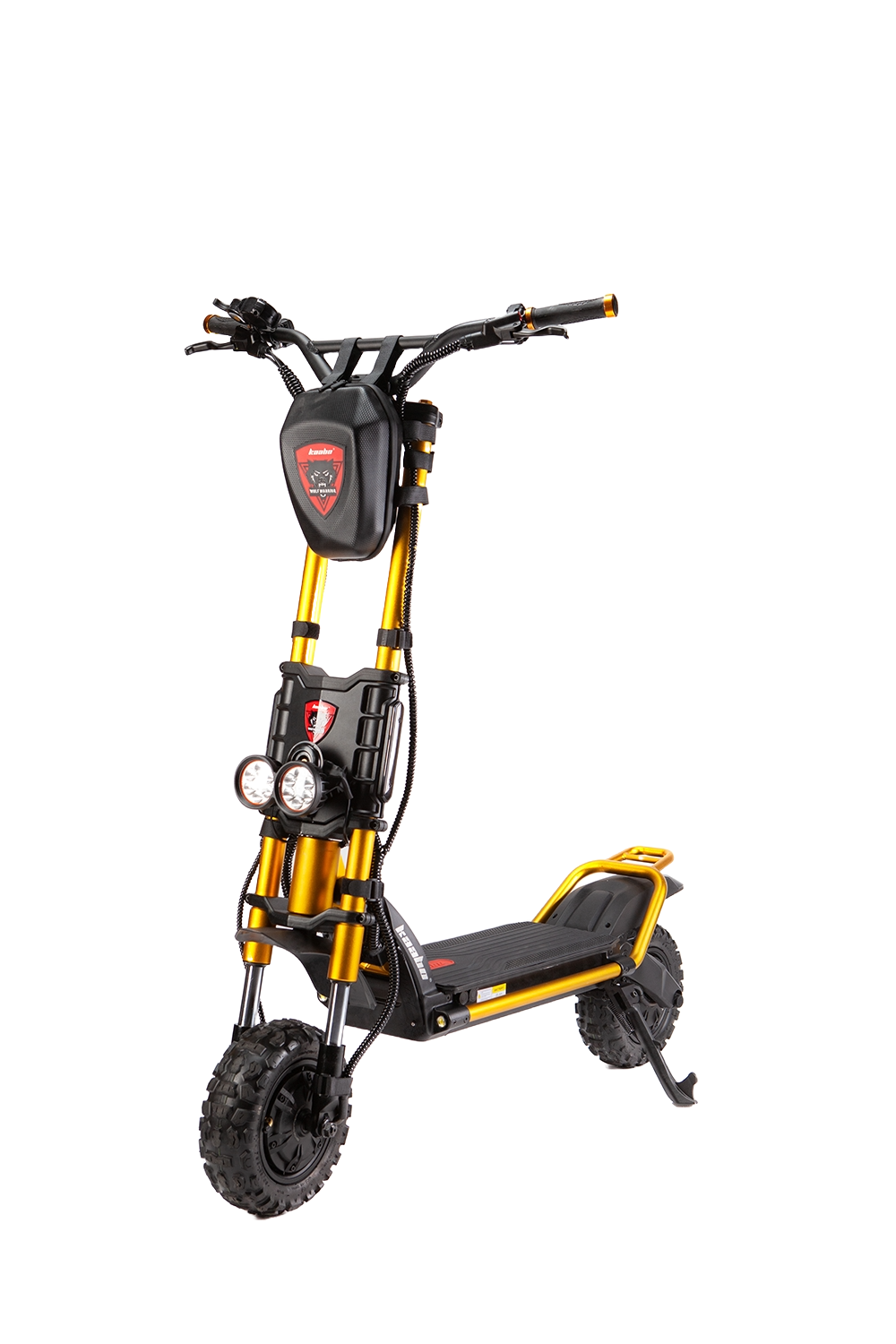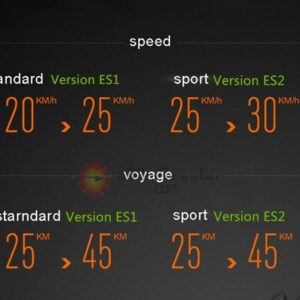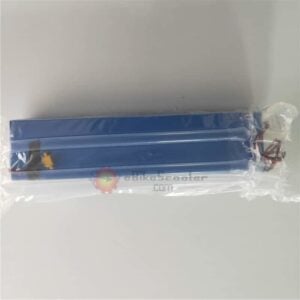previous or next product
Ninebot Upgrade External Optional Battery Kit 187WH – ES1 ES2 ES4
Original Ninebot Upgrade External Optional Battery
Kit for KickScooter ES1 ES2 ES4 Electric Scooter hover board skateboard 187WH
● 5200mAh Li-ion battery for Ninebot electric scooter ES1 ES2 ES4
● Battery rate: 187Wh
● Battery capacity: 5200mAh
● Working distance: 25 – 45km
● Battery rate: 187Wh
● Battery capacity: 5200mAh
● Working distance: 25 – 45km
We Ship this from our EU warehouse.
3-7 days delivery time inside EU- US 10-15 days
356$ Excluding. VAT (EU VAT calculated at checkout)
In stock
- Fast Express shipping on 90% product
- Free shipping cost from €199
- 14 days returns
- 2-year warranty on all our products (EU)
- 1-year warranty on all our products rest world
We now stock in our EU Warehouse again
Original Ninebot Upgrade External Optional Battery
Kit for KickScooter ES1 ES2 ES4 Electric Scooter hover board skateboard 187WH
We Ship this from our EU warehouse.
3-7 days delivery time inside EU- US 10-15 days
Product description:
|
General |
Brand: Ninebot |
|---|---|
|
Basic Information |
Product weight: 1.5000 kg Package weight: 2.0650 kg Product size: 37.60 x 8.00 x 7.30 cm / 14.8 x 3.15 x 2.87 inches Package size: 39.00 x 12.00 x 10.00 cm / 15.35 x 4.72 x 3.94 inches |
|
Package |
Package Content: 1 x Battery |
Main Features:
● 5200mAh Li-ion battery for Ninebot electric scooter ES1 ES2 ES4
● Battery rate: 187Wh
● Battery capacity: 5200mAh
● Working distance: 25 – 45km
● 5200mAh Li-ion battery for Ninebot electric scooter ES1 ES2 ES4
● Battery rate: 187Wh
● Battery capacity: 5200mAh
● Working distance: 25 – 45km

| Weight | 2,5 kg |
|---|---|
| Dimensions | 50 × 20 × 10 cm |
| Type | Scooter Engines |
| Voltage | 36V |
| is_customized | Yes |
| Model Number | For Ninebot Kickscooter ES1 ES2 |
| Ninebot ES1 with pgrade Battery | Maximum Speed: 25km/h Mileage: 45km |
| Ninebot ES2 with Upgrade | Maximum Speed: 30km/h Mileage: 45km |
Brand
Ninebot
Inception of Segway Technology
The genesis of Segway can be traced back to an inspiring moment when inventor Dean Kamen observed a young man in a wheelchair struggling to navigate a sidewalk. Recognizing that the challenge lay not in the wheelchair but in a world designed for those with natural balance, Kamen and his team developed the groundbreaking Independence IBOT™️ Mobility System. This self-balancing mobility device empowered users to surmount stairs and navigate uneven surfaces, laying the foundation for broader applications beyond those with limited mobility.
The name "Segway" finds its inspiration in the word "segue," symbolizing a smooth transition from one state to another. It encapsulates the essence of Segway's transformative impact, turning individuals into empowered pedestrians, enabling them to cover greater distances, move swiftly, and carry more.
Self-Balancing Technology
Drawing a parallel with the human body's instinct to prevent a fall, Segway's technology replicates this response using wheels, a motor, microprocessors, tilt sensors, and gyroscopic sensors. By discerning a user's forward lean, the system adjusts wheel speed to maintain balance, ensuring a seamless forward movement.
Commitment to Environmental Sustainability
As a pioneer in electric mobility, Segway-Ninebot is committed to providing eco-friendly alternatives for short-distance transportation. The adoption of Segway-Ninebot products for short journeys contributes to reducing reliance on conventional cars. Notably, the operation of these vehicles generates zero emissions, making them suitable for indoor use as well.
The Story of Ninebot
Founded in Beijing, China, Ninebot emerged as a significant player in the short-distance transportation industry. The strategic merger with Segway in 2015 solidified their combined focus on research, development, design, manufacturing, distribution, and sales of innovative transportation products. With strategic headquarters in the US, the Netherlands, and Beijing, as well as manufacturing centers in the US and China, Segway-Ninebot envisions seamlessly connecting robotic solutions to smartphones, integrating cutting-edge technologies like voice interaction and facial recognition into their products.
Company Milestones
- 1999: Inventor Dean Kamen establishes the company, later known as Segway.
- 2002: The first Segway Personal Transporters are sold on Amazon.com.
- 2015: Strategic combination with Ninebot.
- 2016: Segway Europe HQ opens in Amsterdam, The Netherlands.
- 2020: Segway-Ninebot goes public on the Shanghai Stock Exchange.
- 2023: Segway-Ninebot Europe enters the L3e-A1 scooter market with the electric Segway eScooter E300SE.
- Launch of electric skates, the Segway Drift W1, in 2018.
- Introduction of the Ninebot Gokart Kit in 2018, creating a fully functional go-kart.
- Entry into powersports with three series of all-terrain vehicles featuring hybrid powertrains in 2019.
- Expansion into the L1e-B scooter market in Europe in 2021 with electric eScooter and eMoped.
- Introduction of intelligent features in the latest KickScooter models, including the E2 series, F2 series, and the successor to Europe's most successful KickScooter, the MAX G2, in 2023.

Customer reviews
You can't add more than one review for this product. Would you like to edit the review you have already written?

























27 reviews for Ninebot Upgrade External Optional Battery Kit 187WH – ES1 ES2 ES4